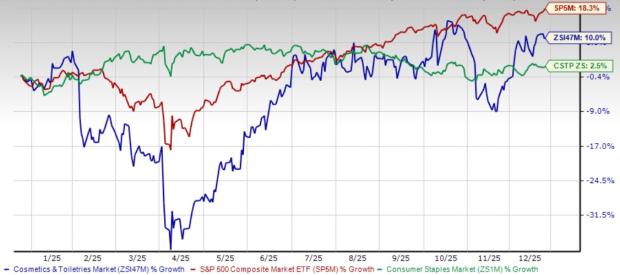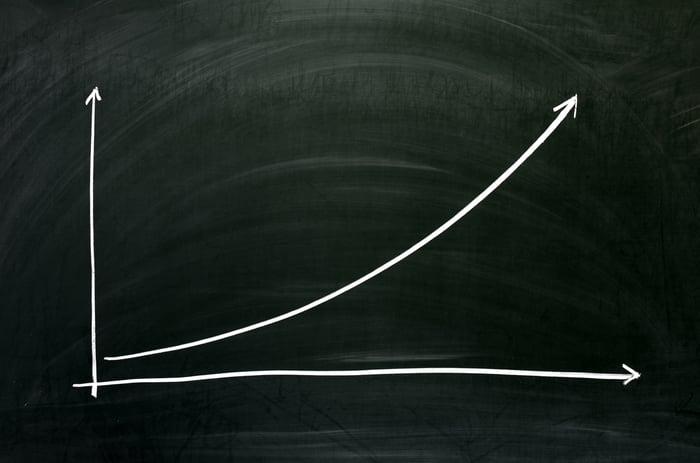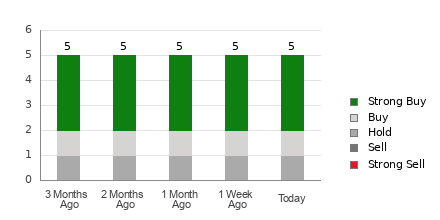UnitedHealth Group Reports Lower Q1 Earnings, Stock Reacts Negatively
UnitedHealth Group (NYSE: UNH) announced its Q1 earnings, revealing revenues and earnings that fell short of analyst expectations. The reported revenue stood at $109.6 billion, along with adjusted earnings of $7.20 per share. These figures contrasted with consensus estimates of $111.6 billion and $7.29 per share. Following this disappointing performance, UNH stock declined in pre-market trading on Thursday, April 17. For investors seeking less volatility than individual stocks, the High-Quality portfolio, which has outperformed the S&P with over 91% returns since inception.

Image by Tanya from Pixabay
Q1 Financial Performance Overview
In Q1, UnitedHealth Group’s revenue increased by 9.8% year-over-year, reaching $109.6 billion. This growth stemmed from strong performances across its segments, with UnitedHealth showing a 12% increase, while Optum grew by 5% year-over-year.
Investors look closely at the medical care ratio, which came in at 84.8%. Although this is slightly above last year’s 84.3%, it exceeded the expected figure of 85.9%. However, management indicated that higher-than-expected medical costs for Medicare plans may affect overall profitability.
The overall operating profit margin improved by 40 basis points year-over-year, reaching 8.3% in Q1. Additionally, adjusted earnings per share rose to $7.20 from $6.91 in the same quarter the previous year. Looking ahead, UnitedHealth has revised its full-year 2025 earnings forecast to between $24.65 and $25.15 per share, down from its previous estimate of $26.00 to $26.50 per share.
Overall, with results falling short of expectations and a reduction in future guidance, these factors could exert downward pressure on UNH’s stock.
Impacts on UNH Stock
The market’s negative reaction to UnitedHealth Group’s Q1 performance is evident, as UNH’s stock fell 20% in pre-market trading on April 17. This sharp decline contrasts with its year-to-date performance through April 16, where it had increased by 16%, outpacing the S&P 500 index, which had decreased by 10% during the same timeframe.
Over the past four years, UNH’s stock performance has been inconsistent, reflecting volatility similar to the broader S&P 500. Annual returns were recorded at 45% in 2021, 7% in 2022, 1% in 2023, and -2% in 2024. The current pre-market drop indicates investor disappointment with the most recent Q1 results.
In contrast, the Trefis High Quality (HQ) Portfolio, featuring 30 stocks, has demonstrated less volatility and has significantly outperformed the S&P 500 over the same four-year period. This portfolio has yielded better returns with lower risk than the benchmark index, reflected in HQ Portfolio performance metrics.
Given the challenging macroeconomic environment marked by tariffs and ongoing trade disputes, one may wonder if UNH is poised for another period of underperformance compared to the S&P 500 as observed in 2023 and 2024, or if it could stage a significant recovery. While updates to UNH’s model are forthcoming, initial market reactions—with the stock trading around $470 in pre-market on April 17—suggest a skeptical outlook on the Q1 performance.
Currently, UNH trades at a forward price-to-earnings (P/E) ratio of 19x, based on estimated forward earnings of $24.90. This valuation is below the stock’s three-year average P/E ratio of 21x. The recent disappointing performance and lowered guidance, compounded by wider economic uncertainty, indicate that a slight contraction in UNH’s valuation multiple may be expected.
While UNH stock faces challenges, understanding how UnitedHealth Group’s Peers perform on key metrics can provide valuable insights. More comparative analyses across industries are available in Peer Comparisons.
Invest with TrefisMarket-Beating Portfolios
See all Trefis Price Estimates
The views and opinions expressed herein are the views and opinions of the author and do not necessarily reflect those of Nasdaq, Inc.











